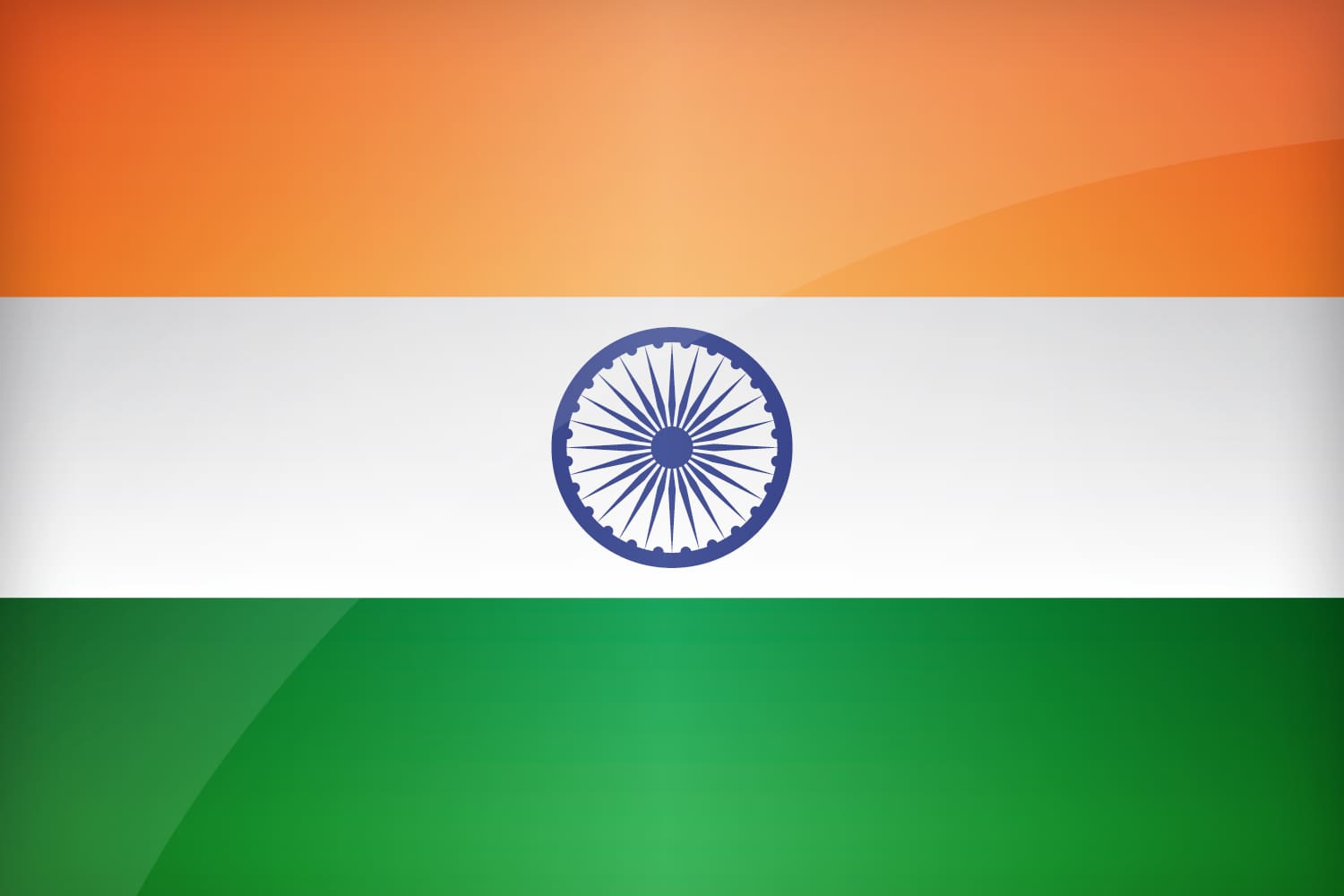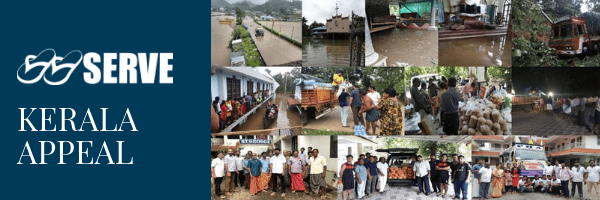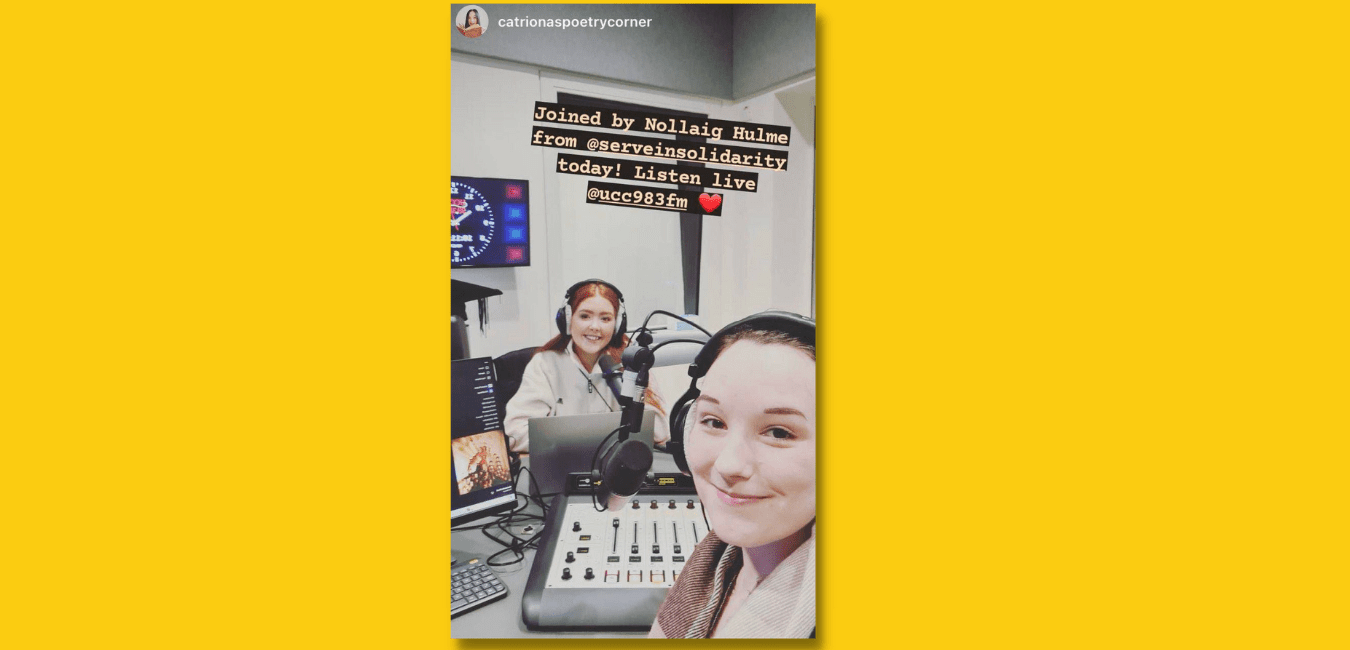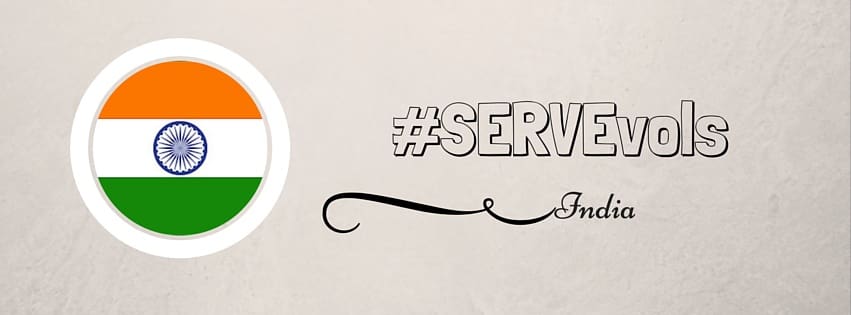Educating Equality
By Michelle Murphy
There is a preconceived idea of India as being male dominated. While evidence of male superiority may still be notable within the country and in families, it is important to be aware of the efforts being made to promote gender equality and support to females who may be victims of inequality. Education is key to promoting any change, and a number of people I’ve spoken to this week believe this is where the problem may lie.
Poverty is evident in many areas. Government schemes are in place to make education more accessible to those who cannot afford educating their children. Schemes include free books, lunch and education without fees. However many families living in poverty in India choose work over education as they need the income that their children can provide. This could be a reason for gender equality not being consistent throughout India as family tradition would be continued in these circumstances.
India is still a difficult place to be female. Women’s salaries are 28% lower than the male equivalent. 8 million foetuses were aborted in India in the last decade purely due to the fact that these foetuses were female.
We have noticed inequalities first hand in day to day interactions, Even before arriving in India. When applying for a visa to travel to India you must provide information about your closest male relative. Similarly while getting Indian sim cards you must provide your father’s name. From this it is evident that males are more highly regarded than females.
One of the female members of our group asked for the bill in a restaurant however the waiter proceeded to give the bill to the only male member of the group. Females in India must not stay out late, must not go out alone and clothes must be appropriate and non- revealing. This in itself shows that males are influencing females in India.
More and more gender mixed schools in India are becoming evident in India. In previous years schools were mainly segregated with emphasis being placed on male education. Educating males and females being educated together may help to promote equality as males will have more experience interacting and respecting females.
‘Equality is a human issue not a female issue’. As such it is important to note that equality works both ways. Females may be seen as caregivers within the families and as such a sign in the paediatric intensive care unit stated that ‘male attendants not allowed’. Efforts need to be made to promote male equality in this regard. Observations of parent training in the school noted that out of 32 parents who attended the training day only two male parents attended










